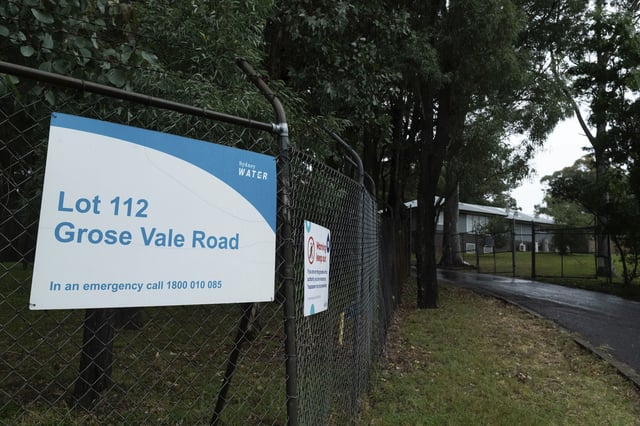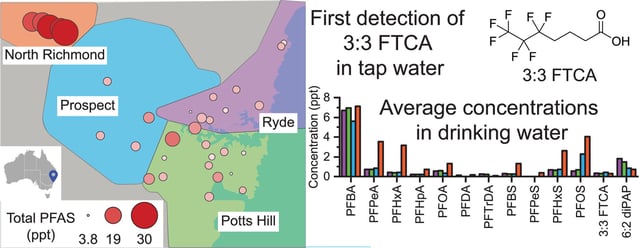Overview
- Researchers used specialized resins and high-sensitivity mass spectrometry to identify 21 previously unreported PFAS, raising the total detected in Sydney tap water to 31 compounds.
- The study marks the first-ever tap water detection of 6:2 diPAP and the global first drinking-water detection of 3:3 FTCA, prompting questions about their sources and toxicity.
- PFOS levels reached 6 parts per trillion in North Richmond samples, staying below Australia’s 8 ppt guideline but exceeding the US EPA’s 4 ppt advisory limit.
- Short-chain PFBA was the most abundant PFAS and appeared in every sample, highlighting concerns over mobile replacement chemicals that resist conventional treatment.
- UNSW researchers recommend broadening PFAS monitoring nationwide and investing in materials that can more effectively remove or break down these persistent contaminants.



